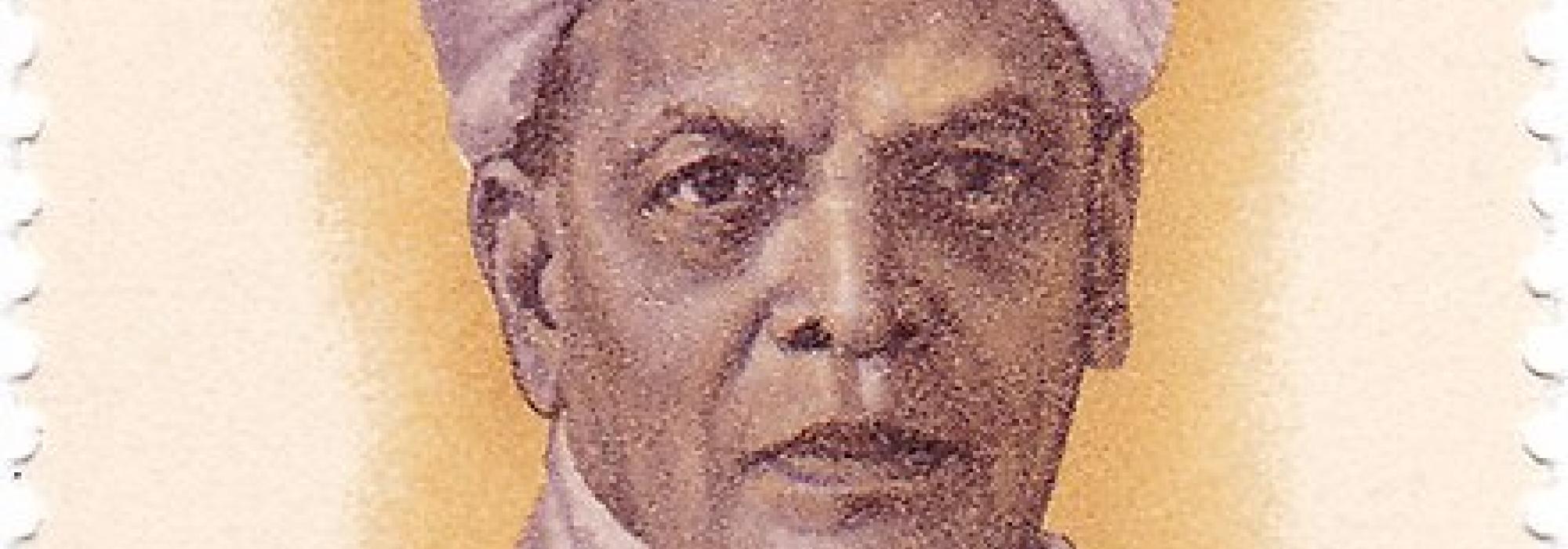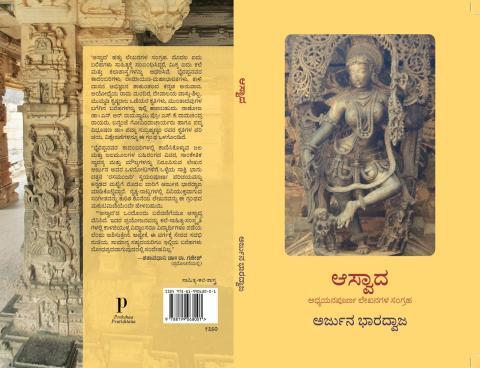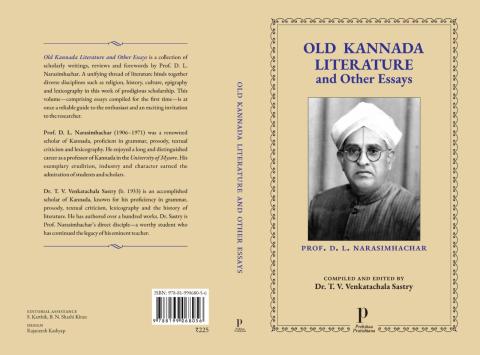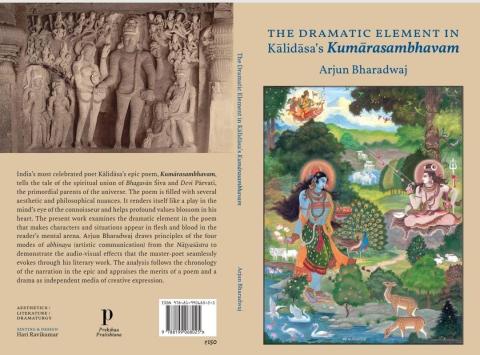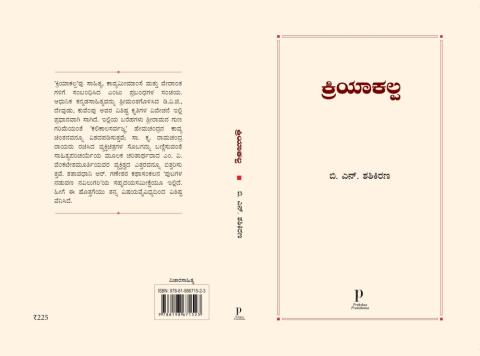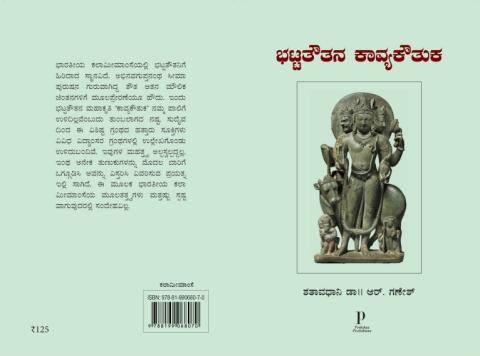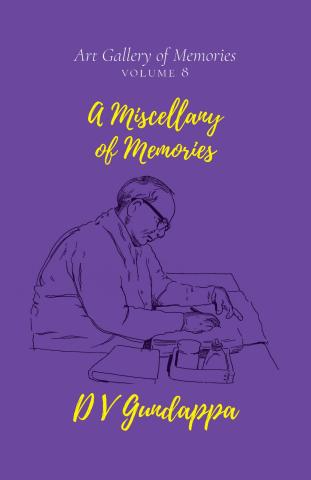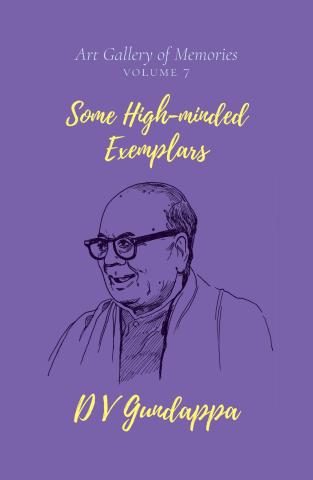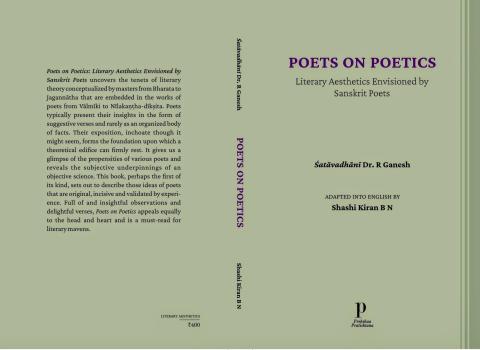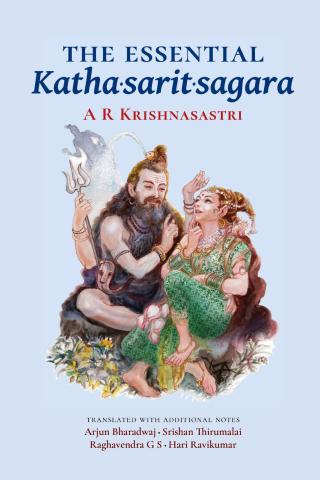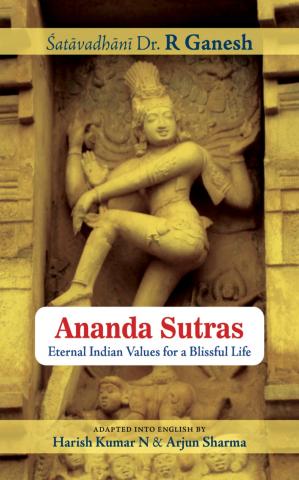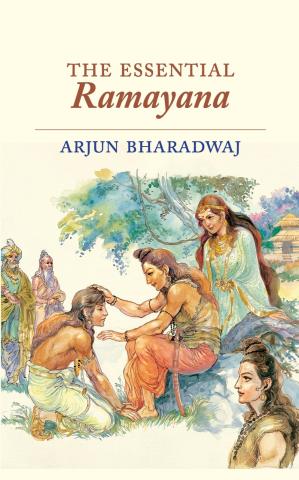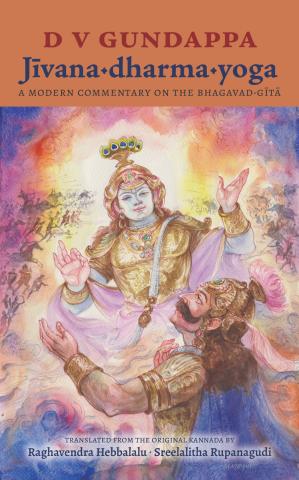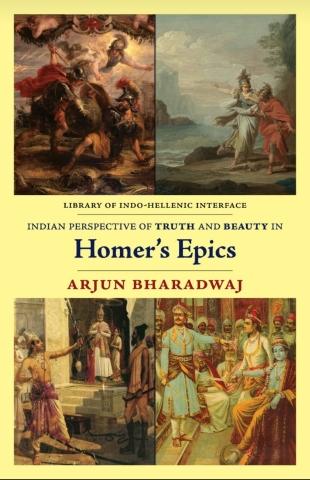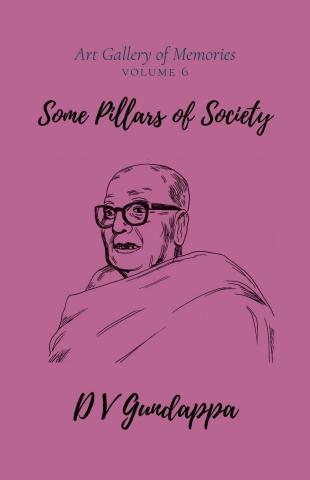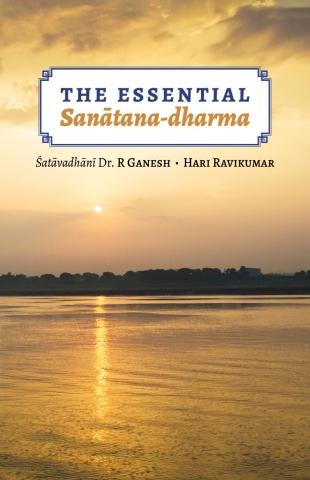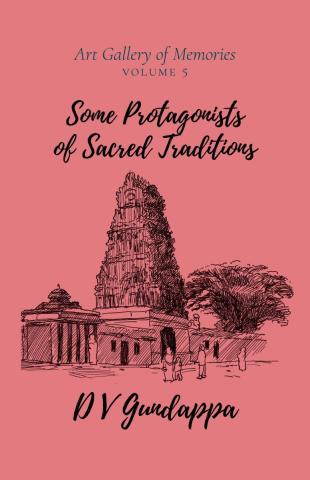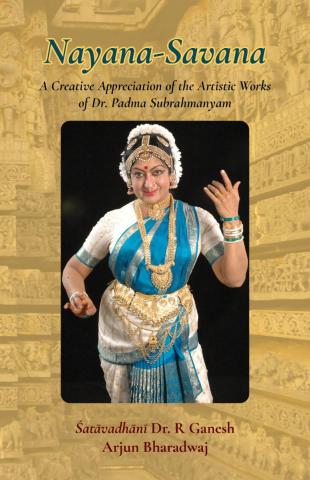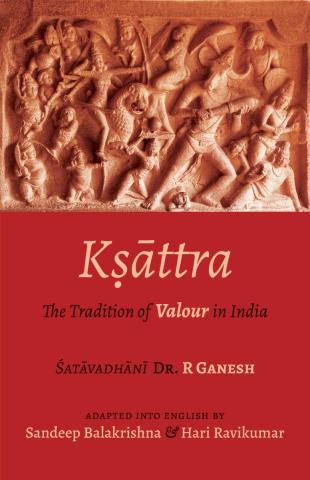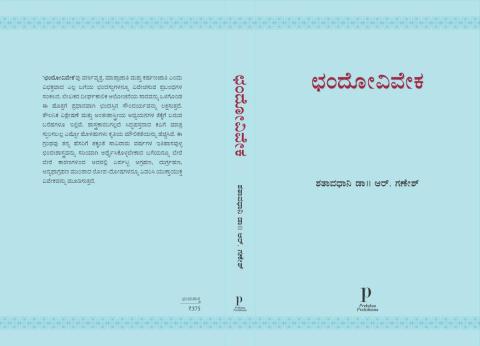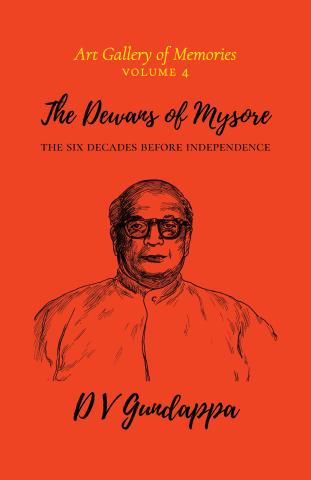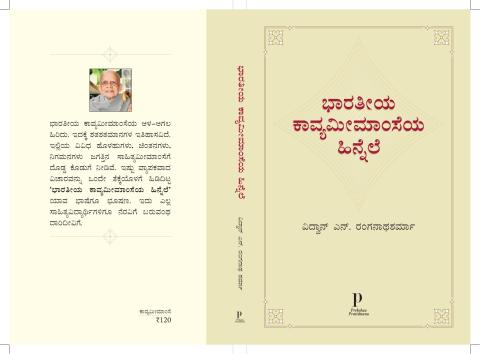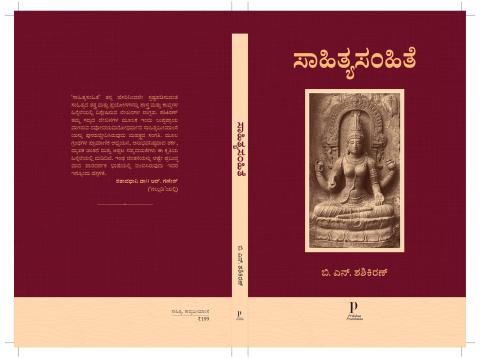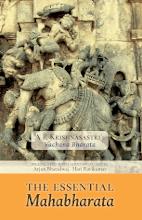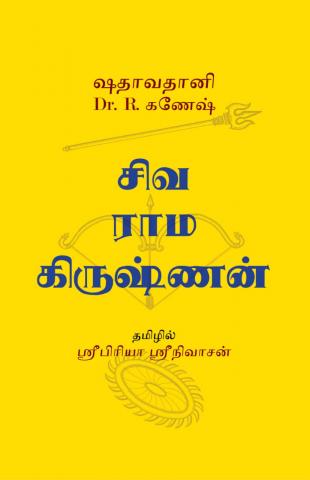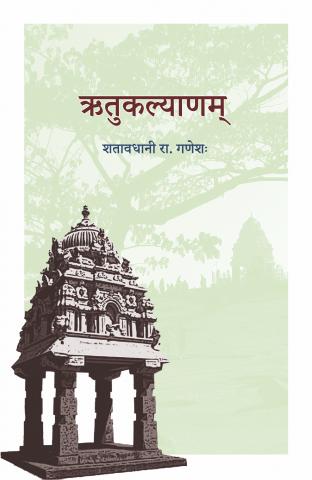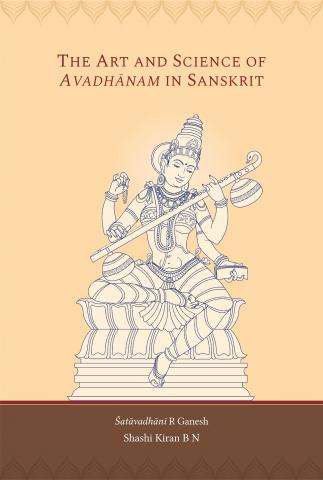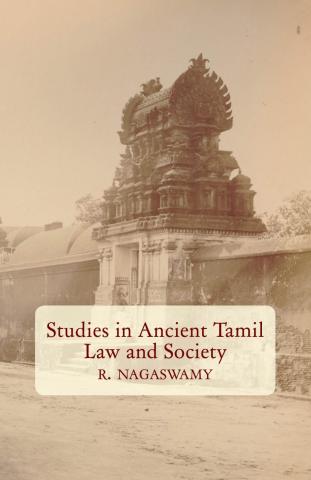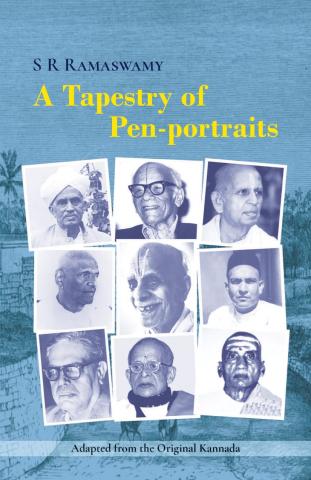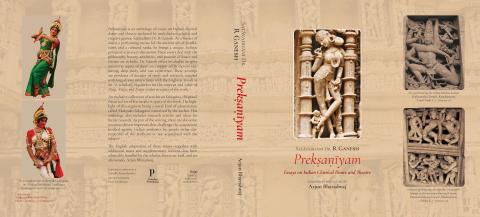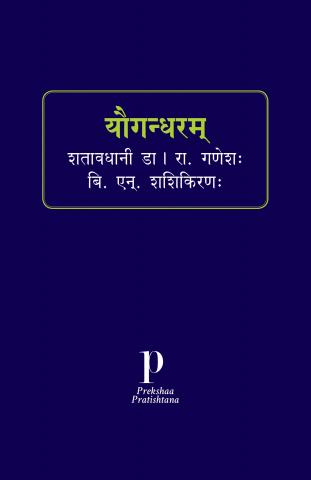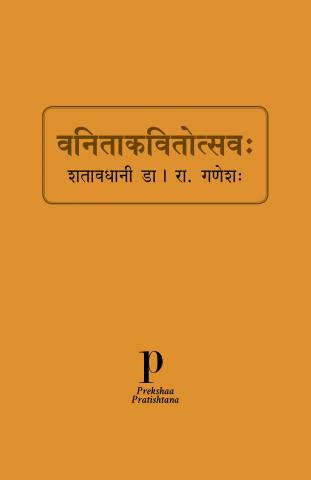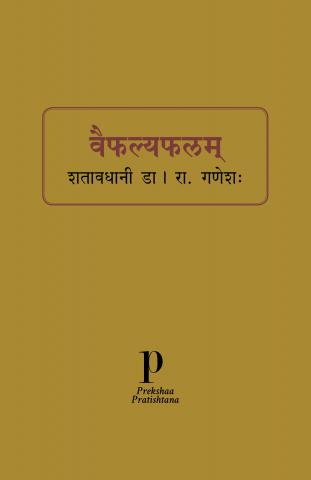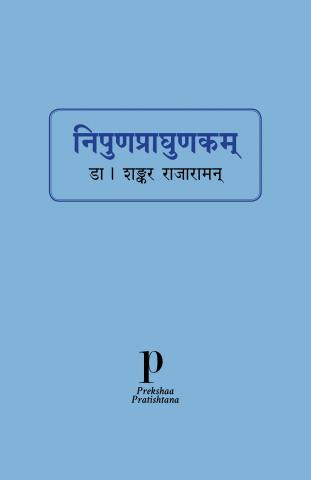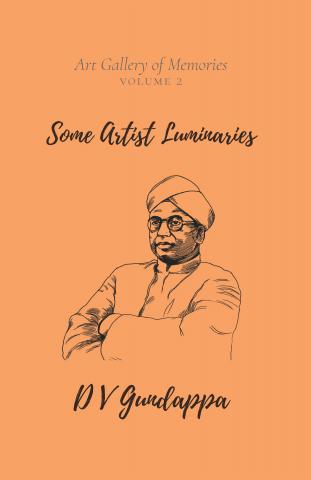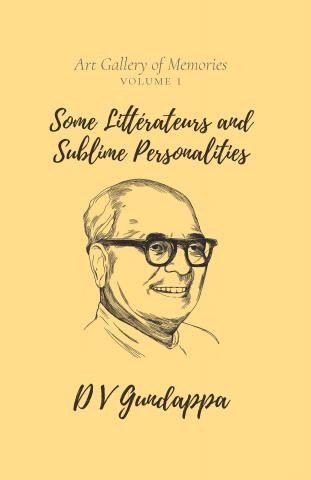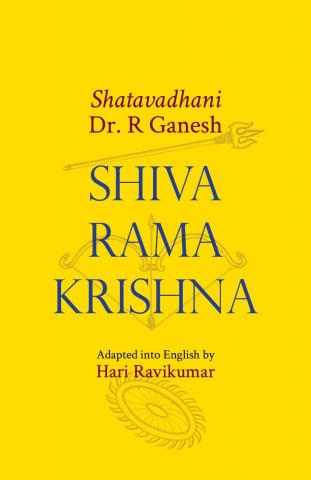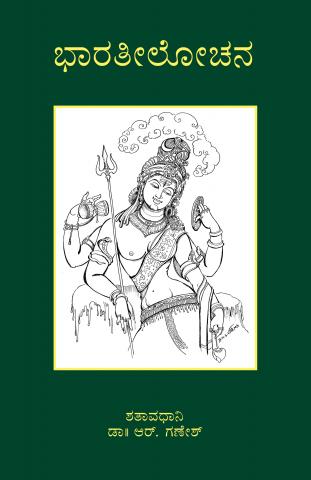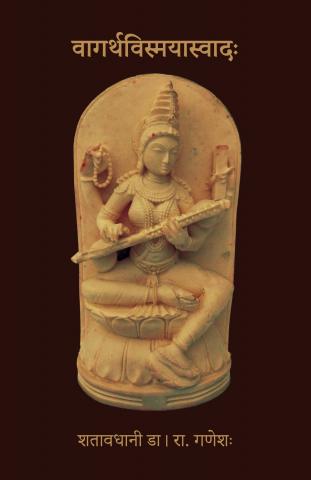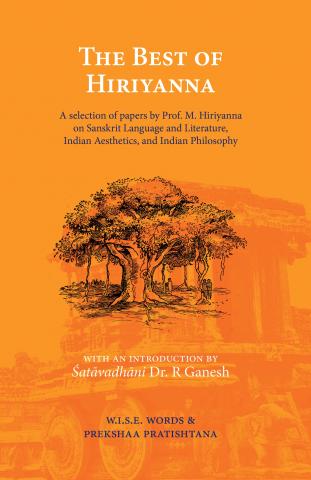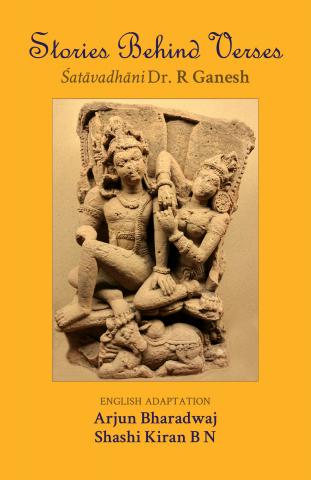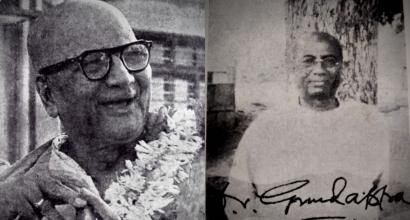.... continued from Part 24 of the article
"Let me now move on to the second aspect connected with the issue. From what I gather from the śāstras, it is only after a girl attains her puberty and her menstrual cycles start, she should be given in marriage. I have gone through quite an number of works on this subject and have carried out some research. We don’t find any evidence in the śruti and the smṛtis for the practise of getting a young girl married, as is in vogue today. Most people in our country today get a girl who is between eight and ten years old married. We will need to understand that this practise is not very ancient and has come into vogue due to some historical reasons. We can only guess that people gave up the ancient tradition and took to getting girls married in their childhood (bālya-vivāha) because of some historical developments.
We should examine the mantras that are used as a part of the vivāha (wedding) ceremony. There is a mantra that goes ‘ārohūraṃ …’. The meaning in this and other mantras is very clear. This is not something you would tell a girl who is eight or ten years old. The meaning of the mantra goes well only with a matured girl. Let us also contemplate upon the procedure of conducting a wedding. We know that the married couple will need to spend three nights sharing the bed. After this, as per the sūtra – ‘tṛtīyāyāmapararātrau’, the husband will need to perform the visarjana of viśvāvasu and gandharvas. This is to be followed by the Caturthi-karma. What does this mean? It only means that the girl is ready to take part in the marital life. We can infer this from a close examination of the gṛhya-sūtras
Svāmī: I have not gone through the gṛhya-sūtras
Sastri: The gṛhya-sūtras are not relevant for the yati-āśrama, i.e., for sanyāsis. However, the matter under discussion is connected with the gṛhastha-dharma. I feel that we will need to take gṛhya-sūtras as our guidebook in these matters.
Svāmī: Aha! That is right indeed. I shall examine the gṛhya-sūtras and then arrive at a conclusion on this matter
Examination of the Current Context in the World
Sastri thanked the Jagadguru for his opinion. “Our heart does not agree to easily give up a practice that has been in vogue since long. However, examining the functioning of the world today, we see that it is necessary to bring about a change in such practises. Changing our practices does not mean that we are discarding the Vedas. Some of our customs are not rooted in the Vedas and śāstras and many customs that are in vogue do not go well with the current times. In my opinion, we will need to understand the Vedas and śāstras from the perspective of the needs and convenience of the current day. The Jagadguru has agreed to approach this with an open mind without any biases. This has given me a lot of joy. This is a matter of great joy for all the āstikas. It is also my fortune that I was able to present my thoughts and arguments before the Jagadguru. I would like to express my gratitude again and again for getting this opportunity”.
The Jagadguru was in a pleasant mood and blessed us with a smiling face. We received the phala-mantrākṣatā and came back.
Concluded
This is the final part of the English translation of the Second essay in D V Gundappa’s magnum-opus Jnapakachitrashaale (Volume 6) – Halavaru Saarvajanikaru.
--------------------------------------------------------------------------------------------------------------------------------------------------------------------------------------------------------------
The following is a translation of an extract from DVG’s lecture which was telecast on 22-9-1956 in the Bengaluru ‘Akashavani’. The transcript of this lecture comes as a part of the tenth volume of DVG Kritishreni
A historian writing about the Gandhian Era of India cannot forget Srinivasa Sastri. The two (Gandhi and Sastri) were very good friends and were also of the same age. They largely had the similar tastes. Each knew the value of the other; though the difference in their world-views was only minor, they complemented each other in their views. Sastri was an expert in thoroughly examining his views from different angles and in conveying whatever he had found out to others in clear words. Gandhi had great regard for this kind of clarity of thought and presentation.
Sastri lived between 1869 and 1946. His seventy-seven years of life can be examined from four dimensions, namely – his life as a teacher, politics, heart for literature and friendly and noble nature.
Sastri earned his B.A degree at the age of eighteen – he cleared it in the First Class. He topped the class in English and Sanskrit and won the Gold Medal for expertise in Sanskrit.
……… My discussions with Satsri covered a large spectrum of topics related to Sanskrit literature. One day, we would discuss the virodhābhāsa-alaṅkāra, its kinds and examples and on another day day, the difference between aprastuta-praśamsā-alaṅkāra and apanhuti; we also happened to discuss the difference of opinion between Appayya Dīkṣita and Jagannātha-paṇḍita. On yet another day, he would lecture on the rare grammatical usages in ākhyāta-śatakaa. Sastri loved the arthāntaranyāsas (a kind of figure of speech) used by Kāḻidāsa. Whenever an occasion arose, he would bring the writings of Kāḻidāsa, Rāmāyaṇa and Mahābhārata to his mind.
Sastri also had great interest in English literature just as a he had for Sanskrit poetry. He had taste for the poems written by our contemporary poets such as Meredith and Hardy and had enjoyed the narrative poems penned by them. One day, there was a friendly gathering that was to be followed by a meal at a friend’s house. We had to wait for a bit for the food to get ready. I pulled out a book from the book shelf present there. It was a anthology of the works of Wordsworth. Sastri asked me – “Does the collection contain the ‘Happy Warrior’ ?" “Let me check”, I said. He remarked – “What kind of a collection will do away with the ‘Happy Warrior’?” A friend asked – “Is it such an interesting work?” Sastri started reciting the poem from his memory. The book remained in my hand. He captured all our minds with his accurate pronunciation, voice modulation and rendering each word with emotion embedded in it. We were all stunned and went into a trance for a moment. The heart of the poem became very clear to us, thanks to Sastri’s impeccable rendering.
To be continued...

